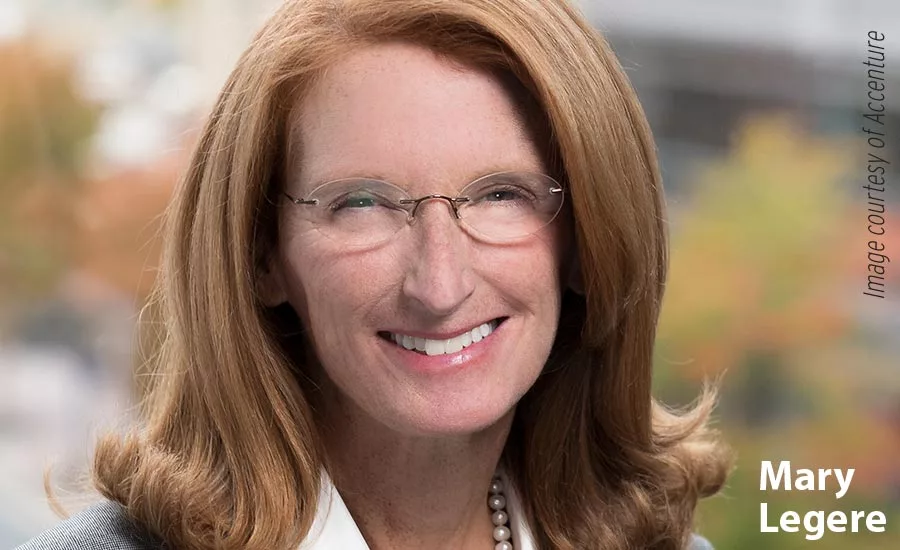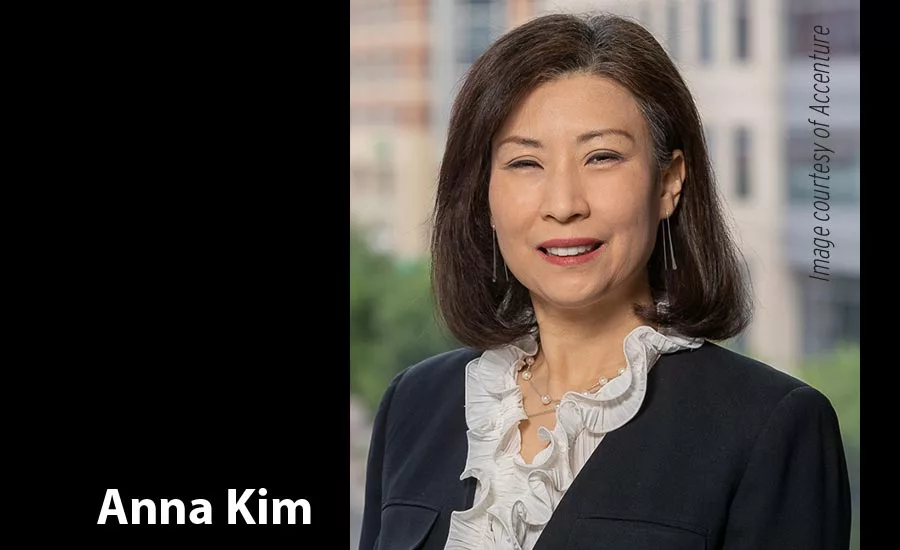Creating a diverse and inclusive workplace within security
Foster an environment of diversity and inclusion for better performance and agility within your department and enterprise-wide.




Diversity and inclusion in the security industry is a topic where industry-specific and security-role-specific data lacks public availability. Historically, the security industry has not been especially diverse —particularly in roles of executive leadership and middle management. In Security’s annual Security Report, for example, a quick, non-scientific review of the security executives included in the rankings was made up of at least 81% male in 2020.
In general, according to McKinsey & Company’s often cited reports Why Diversity Matters (2015) and Delivering through Diversity (2017) progress in diversity and inclusion is being made, albeit slowly. McKinsey & Co. found that between 2015 and 2017, companies have increased average gender representation on their executive teams by two percentage points (to 14%) and ethnic and cultural diversity has increased by one percentage point (to 13%).
Many successful companies regard diversity and inclusion as a competitive advantage and an enabler of growth with research backing this up — the Delivering through Diversity study, for example, found that gender diverse organizations are 24% more likely to financially outperform less diverse companies, while 33% of ethnically diverse companies are likely to do so. The study suggests that the relationship between diversity and performance is driven by more diverse companies being able to attract top talent; as well as to improve their customer orientation, employee satisfaction and decision making. These are all important characteristics for security departments.
“In general, we’ve come a long way, but I still think there is room for improvement,” says Holly Rasche, Director of Security Management Services at Northwest Community Healthcare, a healthcare organization with 25 locations in Illinois.
Rasche got into healthcare security 24 years ago. She started out as a security officer and worked her way up to director. When she first got in to enterprise security, Rasche took note that she was a minority. She is now in charge of the healthcare organization’s physical security, its communications center, and emergency management, which has entailed COVID-19 response.
Rasche has made it her mission for the last several years to expand Northwest Community Healthcare’s gender and ethnic diversity among her security staff. “You don’t necessarily see a lot of diversity in security and law enforcement. Here, we have a large melting pot of races, creeds, color and veterans,” she says.
“It can be hard to move away from the impression that anyone other than a Caucasian male would make a really good security officer, but to me it’s so important, because we deal with a diverse population that comes to the hospital and it’s important to reflect that. I used to look for security experience when hiring, but I have found that no experience also means no bad habits when it comes to security response and you can instead look for that compassion and caring that makes them successful in this field,” Rasche shares.
“It’s an important and exciting time for diversity and inclusion right now because it’s on the mind of many leaders, not only because it’s the right thing to do, but because it has been proven that workforces that anchor themselves in diversity and inclusion are more productive globally and have the ability to innovate,” says Mary Legere, Managing Director at Accenture Federal Services, National and Defense Intelligence sector — a retired Lieutenant General who spent 34 years in the military focusing on intelligence work, critical missions and national security. “Teams that pay attention to this issue have better results.”
One of the most important areas that security leaders can focus on to create an environment of diversity and inclusion is metrics. “We need to be deliberate about what those targets are. Each organization must have targets for what their organization will need to look like in the future,” says Anna Kim, Managing Director of Inclusivity & Diversity for the Armed Forces sector at Accenture Federal Services.
Kim says that CISOs, CSOs and C-suite executives need to make a conscious decision to set expectations and put processes in place to monitor that progress. “It’s so important to have accountability,” adds Legere.
Legere says that leadership’s focus on the gaps present in their organization must be deliberate. Outreach and mentorship, particularly of less represented groups is critical for leadership. “Security professionals need to look like the world, and for people to feel comfortable there, they need to see people who might have had the same experiences as them,” she says. This is particularly crucial for mid- to high-level management positions where under-represented groups need to be able to feel like they can picture themselves in those positions in the future.
“The current leadership should look at these types of demographics not only today, but have succession planning in place so you are not just perpetuating the problem. You need to ensure you have the next generation of leaders coming up the ranks,” Kim says.
Specific policies that intentionally promote diversity and inclusion and that are careful of unconscious bias are crucial stepping stones. In Kim’s case, having been involving in the industry for 25 years both on the public and private side, she says she recognized “pretty early on” that there weren’t a lot of people that looked or behaved like her.
“Unconscious bias hampers a diverse workforce. It’s important to not shy away from these conversations and encourage new ideas and fresh thinking,” Kim says.
Surrounding your security team with diversity paves the way for creating an organizational culture of inclusive behavior and an innovative forward-thinking reputation. It starts with a conversation, says Kim. “The number one thing I tell everybody is change only happens when you have a conversation. One conversation at a time is how we together walk the journey to get where we want to be,” she says. The next step is to actively listen to your colleagues and peers and have those awkward conversations with leadership.
“Never get arrogant,” Legere advises. “Diversity of thought is what fuels innovation. This shouldn’t be an afterthought but rather at the forefront. Create those benchmarks, learn from best practices and create feedback mechanisms for your own biases.”
Looking for a reprint of this article?
From high-res PDFs to custom plaques, order your copy today!








